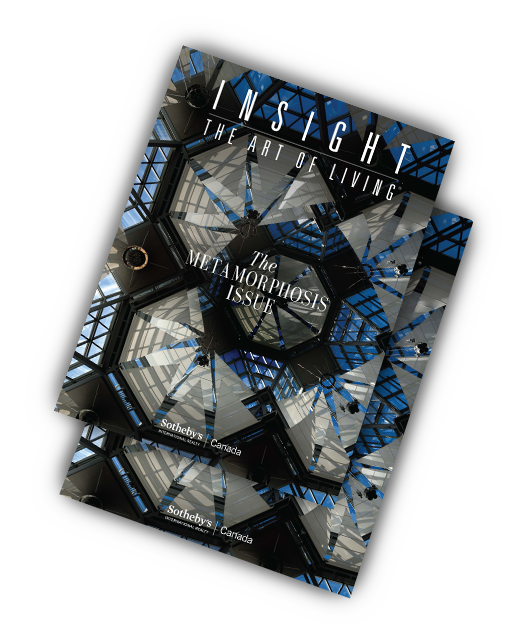Driven by passion, here’s the story behind some of the most unlikely heroes of the art community – art collectors.
Collectors have always been integral to the story of art. Without the patronage of the Medici family, the works of great Renaissance artists like Brunelleschi, Botticelli, Leonardo da Vinci, Michelangelo, and Raphael would simply not exist as we know them. This dynasty not only commissioned their work, but they also ensured that it was preserved for the ages.
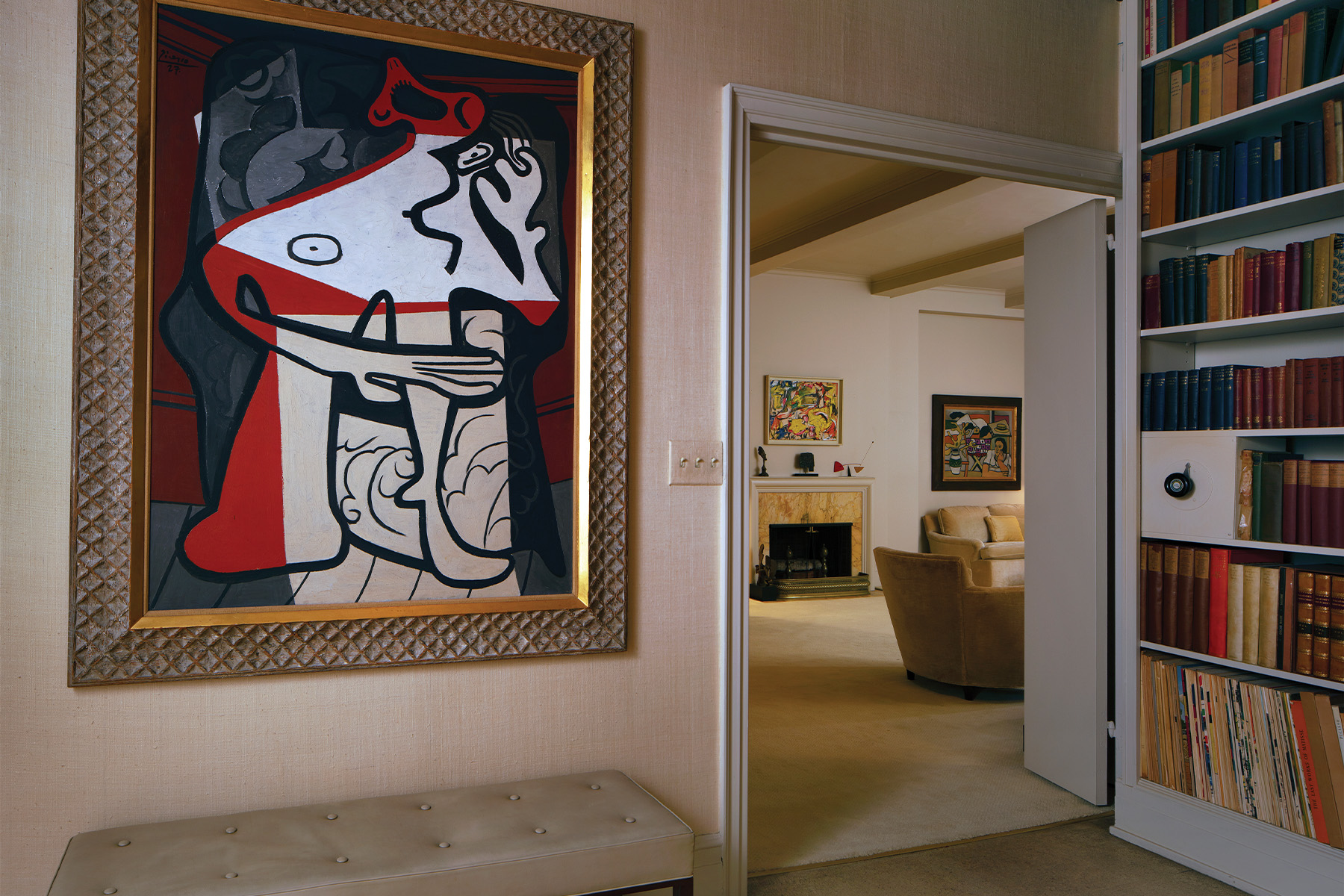
More recently, modern-day Medicis such as casino owner Steve Wynn have become powerful players in their own right. His collection of old masters and modern masterpieces is, according to Artnet, rumoured to be worth over $1 billion USD.
People are compelled to collect for many reasons — in Wynn’s case, the museum-worthy works helped change the perception of Las Vegas from Sin City to a centre of high culture. But Wynn and the Medicis shared another trait. “Money,” Wynn once said, “is a way of expressing no compromise.” No compromise is a sentiment that most creatives live by.
On the other hand, some important collectors wield less power when it comes to accumulating art, but they still play an important role in fostering up-and-coming artists as well as expressing their own creativity. We’re talking about people like Herbert and Dorothy Vogel, a postman and librarian who used their modest resources to build one of the largest collections of American modern art of the 20th century.
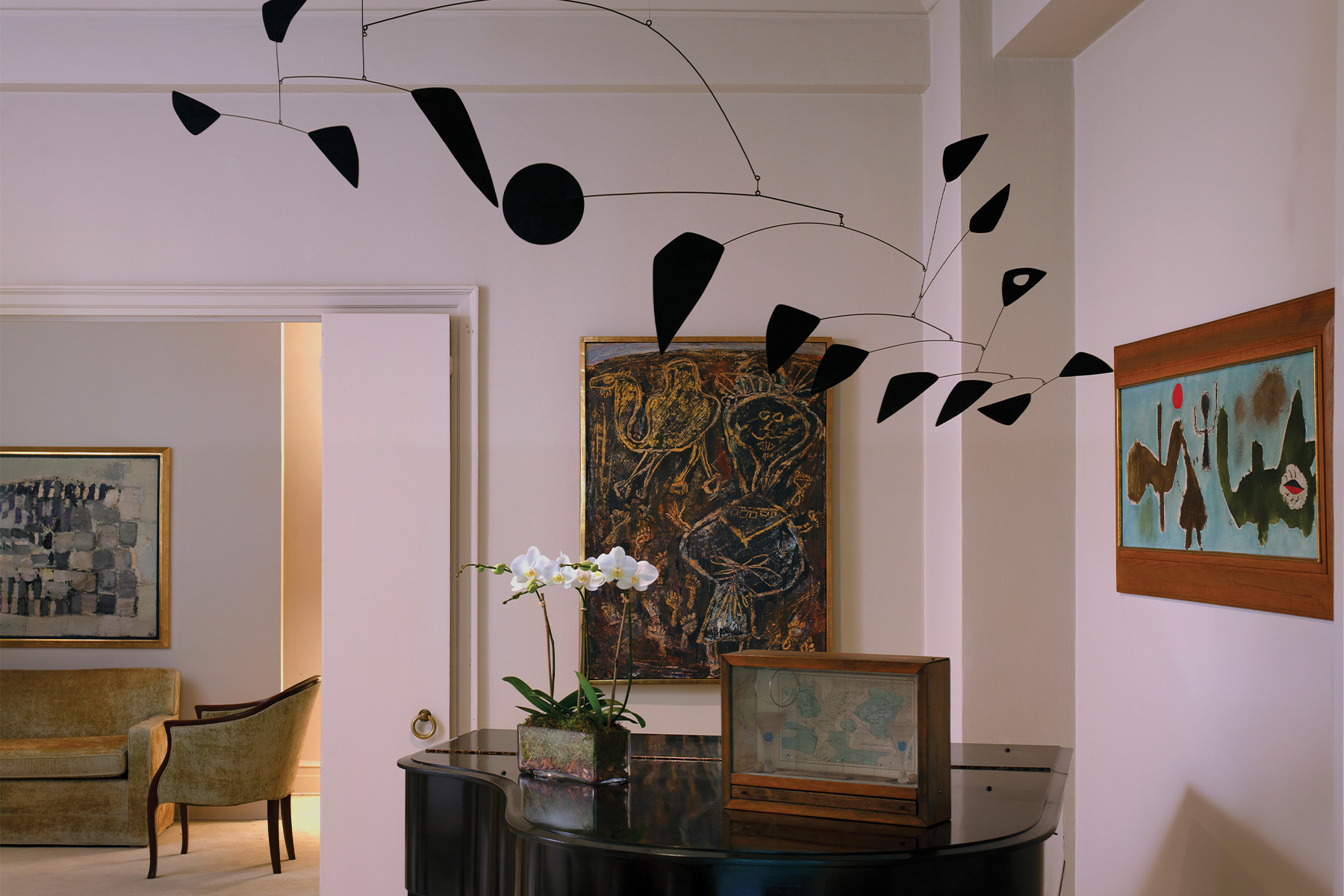
Another influential investor in modern art was entertainment lawyer David Solinger. His currency was connections as he represented many modern artists including Willem de Kooning, the Dutch- American Abstract Expressionist. The story goes that Solinger was visiting the then relatively unknown de Kooning in his studio and bought a work in progress right on the spot. This financial infusion helped de Kooning stay afloat.
Later, Solinger became a trustee of the Whitney Museum, using his connections to the post-war art scene to enliven the institution’s exhibitions.
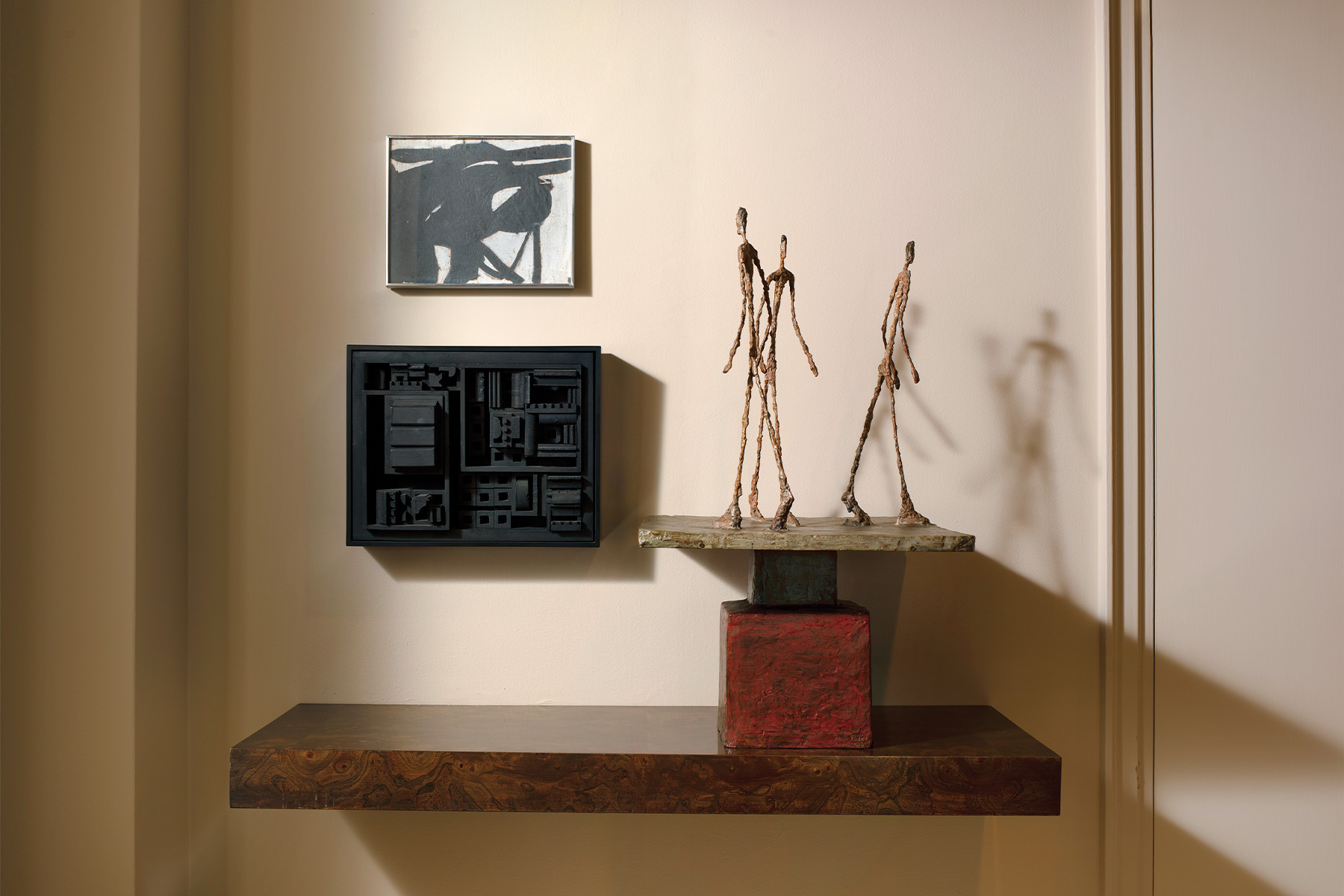
And then there was Solinger’s connection to the assembled work. In a statement, Oliver Barker, chairman of Sotheby’s Europe, claimed the assortment was important because it had been “lived with since the moment it was acquired.” It was so significant as a whole, that the family tried to keep the works together after his death in 1998. It was only in the fall of 2022 that a selection of works by Picasso (Femme dans fauteuil), Giacometti’s sculpture Trois hommes qui, which Solinger commissioned from the artist after the two met at the latter’s Paris studio, and the aforementioned de Kooning was auctioned off.
While the Vogel’s story may seem much more folksy when compared to Solinger or Wynn, just because they weren’t working with fortunes doesn’t mean they didn’t use the resources they had to make big deals.
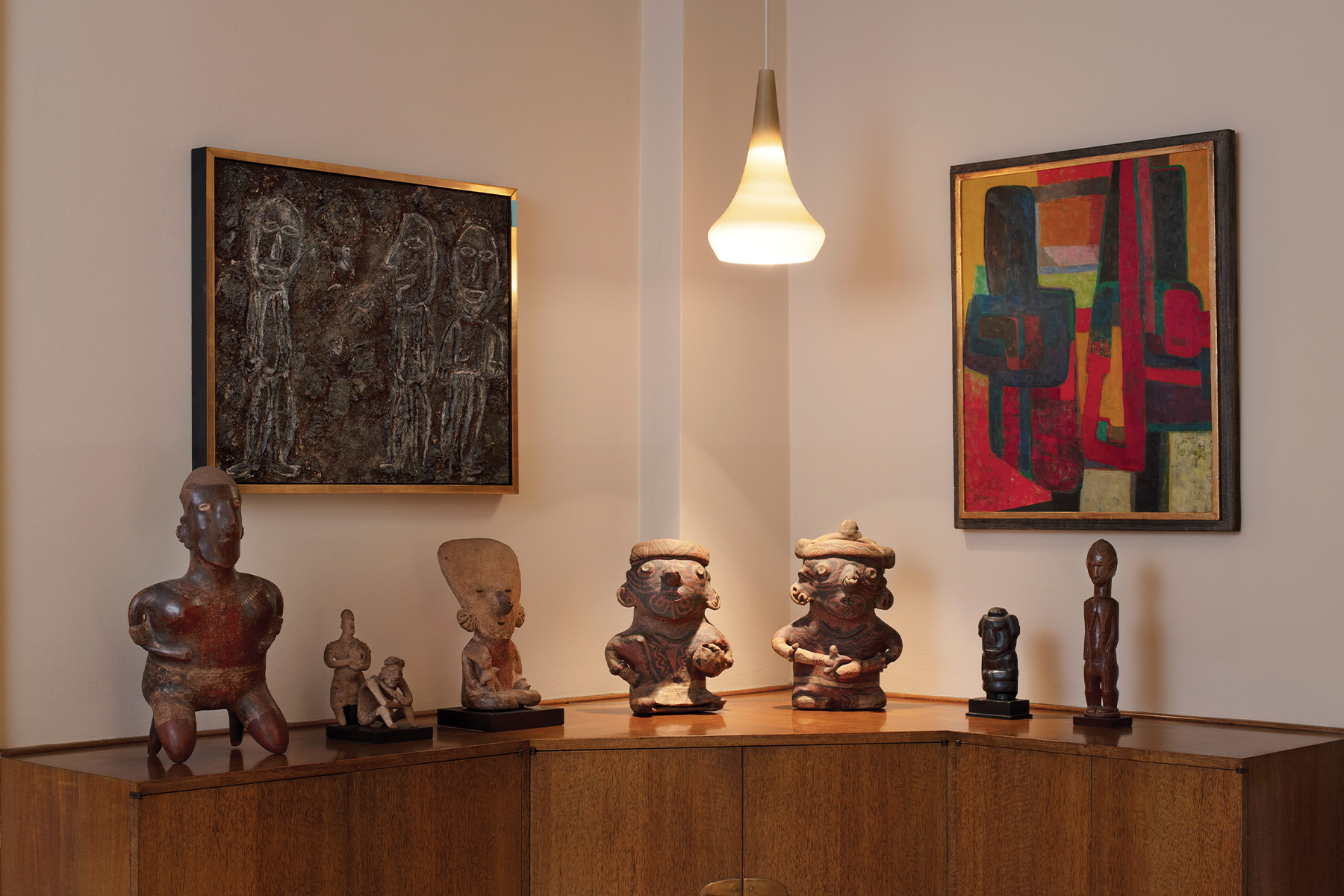
Julia Breckenreid is an illustrator who lives in Toronto. She is also an art educator who was an instructor in the Illustration BA program at Sheridan College for 18 years and is currently teaching courses on Domestika. In 2021, she illustrated Dorothy & Herbert a picture book written by Jackie Azúa Kramer.
As an artist herself, Breckenreid has a unique take on the Vogel’s story. “When someone buys your art it’s more than just a financial transaction, they are being emotionally supportive,” says Breckenreid. Herb and Dorothy lived in a tiny apartment in New York but almost every surface was covered in work by once up-and-coming artists that lived in the neighbourhood. Names like Robert and Sylvia Mangold, Donald Judd, Richard Tuttle, Sol LeWitt, Christo and Jeanne-Claude, and Lynda Benglis were all unknowns when the Vogel’s first started buying their art but would later become big presences in the Modern Art world. It has been said that they also nourished the local scene by employing artists as cat sitters.

There was also a method to their madness. As they filled their tiny one-bedroom apartment with drawings, sculptures and paintings, their only guideline was that the piece had to be able to fit into a cab before they would purchase it.
“It was a funny kind of commerce,” says Brecknreid. “They never did it for the money.” Because they didn’t have children, they poured their commitment into their chosen family of artists. Still, they could be neglectful parents, stacking canvasses against the wall where no one, themselves included, could enjoy them. It finally came time to downsize or drown in a sea of Modernism. The couple donated their collection to the National Gallery of Art in 1991. By the time Herbert died in 2012, their apartment had filled up again.
Compulsion is a driver for any collector. And even if you’re not in it for the money, building a world-class collection requires not only a great emotional investment but also a canny ability to speculate on talent, mixed with confidence in one’s personal tastes.
Collectors like the Vogels and art dealer/car collector Kenny Schacter are generally considered outsiders in the art world. Schacter reportedly never even visited an art gallery before the age of 27. So these unsung acquistors don’t generally work from within traditional gallery and auction circles.
As a result, the way they finance their purchases can also be unorthodox. In his notes for the Sotheby’s sale, Schacter wrote: “The best collectors I find are those that take the plunge on a leap of faith that the funds will be conjured by sheer will if necessary.”
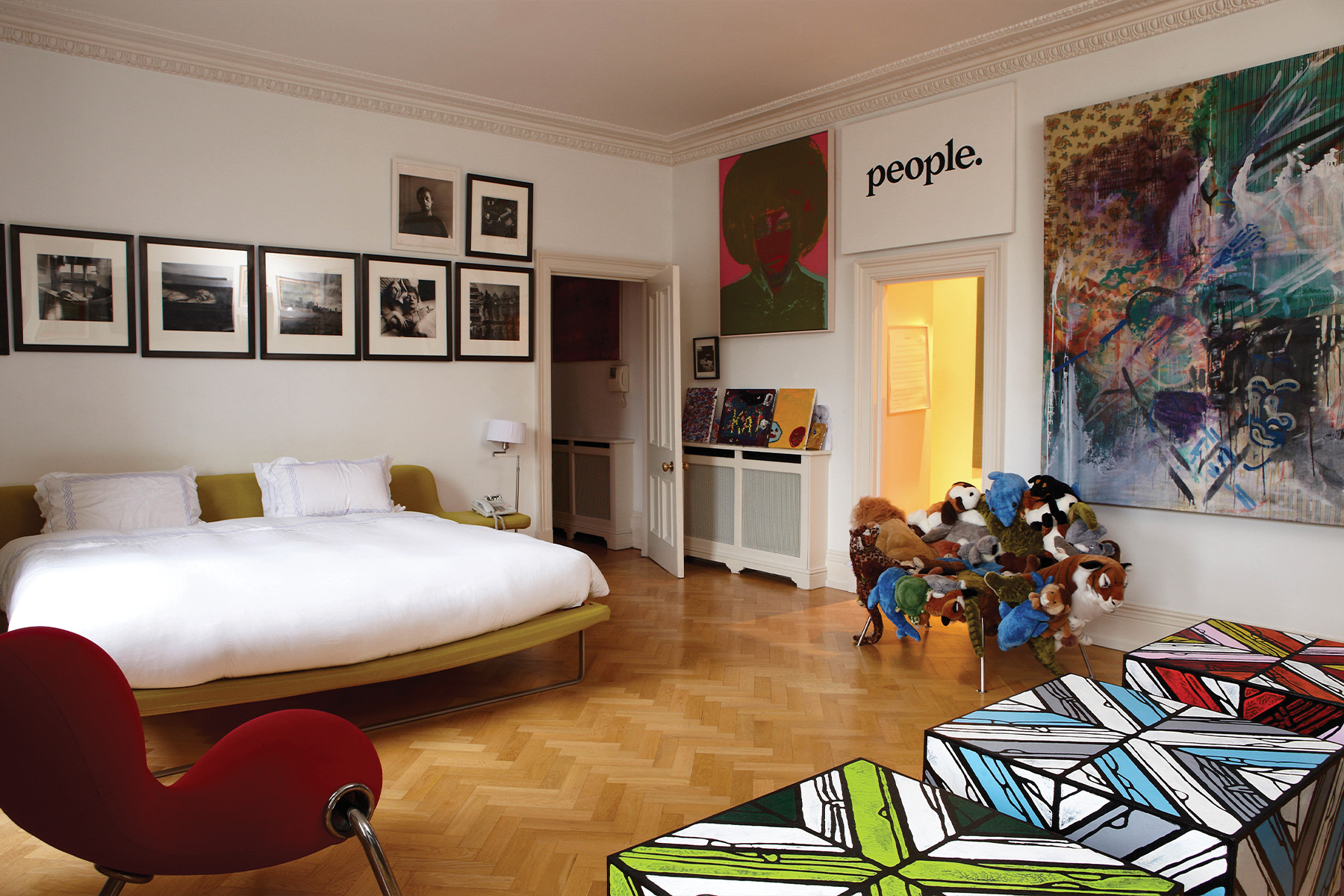
Nor do they necessarily consider themselves collectors. Schacter views himself as an artist and critic. Most recently he has been rolling the dice on NFTs and began selling his creations at the Independent Art Fair in New York.
“I just want to be an artist,” Schacter recently told Artnews. “And to be an artist you need an audience and you need to express yourself. A van Gogh in the bushes has no impact. The equation is fulfilled when you’re presenting your work.”
And it doesn’t always work out as hoped. Given the size of their donation, there are no doubt drawings from the Vogels that sit unseen in the National Gallery of Art’s vaults.
But when collecting becomes a form of artistic expression in itself, each piece becomes part of the conversation.
“Our consciousness exists not only via our acknowledgement by and interrelations with others; but, in addition, through our interactions with objects — namely, art. And being bound to it,” says Schacter. “Well, me at least.”
By Rhonda Riche – This article originally appeared in Insight: The Art Of Living Magazine – The Passion Issue



